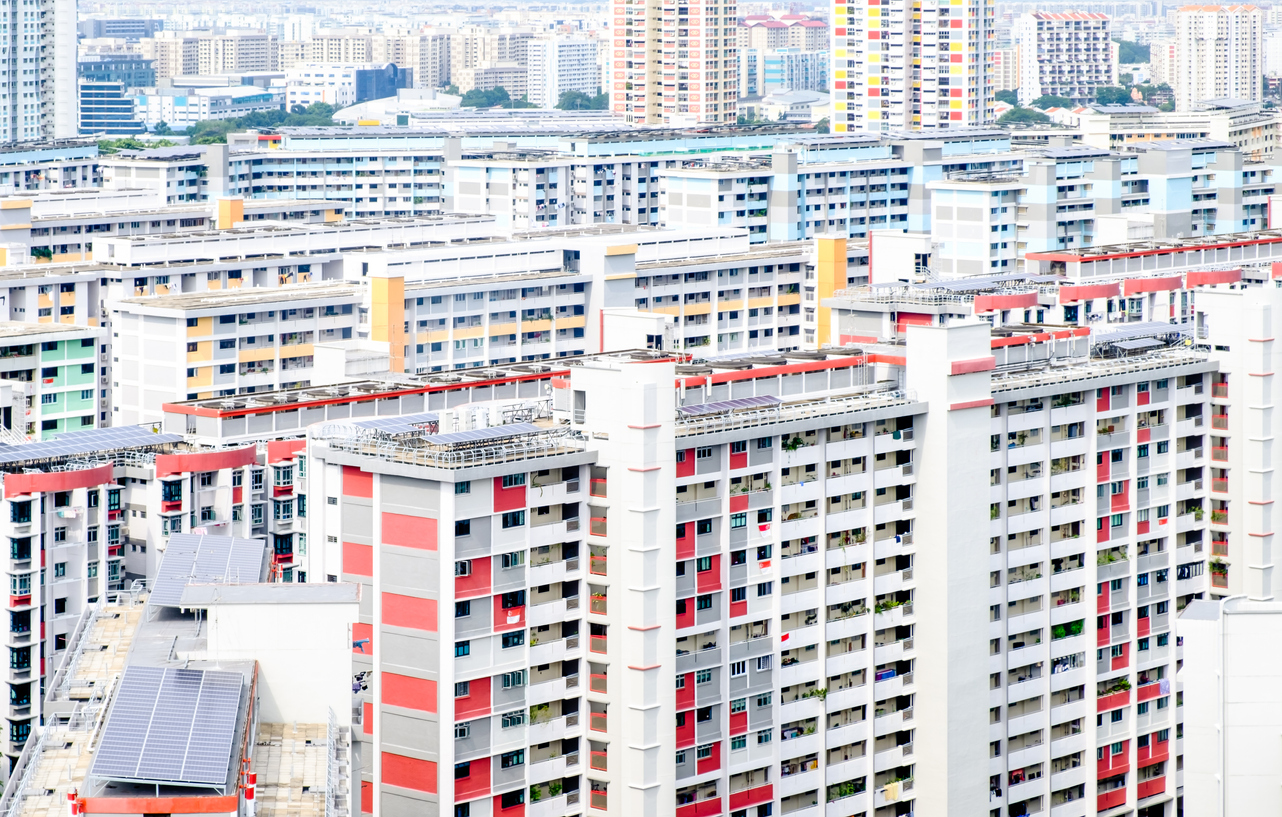

Like many other countries, Singapore faces the demographic challenges of an ageing population and low birth rates. It is important for us to find ways to achieve a sustainable population to ensure Singapore remains dynamic for generations of Singaporeans to come.
Our sustainable population objectives comprise three key pillars:
To achieve our sustainable population objectives, we have put in place the following strategies:
Building a Singapore Made For Families
Singapore’s resident Total Fertility Rate 1 has remained below the replacement rate of 2.1 for many years. This trend reflects broad demographic and cultural shifts, with our people marrying later or not at all, and having fewer children.
Raising the fertility rate is an important issue to address. We aim to build a strong society that celebrates and supports Singaporeans at every stage of their marriage and parenthood journey. This includes continually improving access to affordable and high-quality housing, preschool education and healthcare, as well as keeping the costs of raising a child affordable, and building family-friendly physical infrastructure. Partnerships with the private and people sectors are also essential, especially in areas such as promoting better work-life harmony and celebrating family life.
Enabling all Singaporeans to age with grace and purpose
Singapore must be a home for all ages, where every Singaporean can age with grace and purpose. Life expectancy in Singapore is on the rise, and is among the highest in the world. Our seniors are also increasingly healthy in their old age, and better educated.
For older Singaporeans, the Government has a range of measures to boost retirement adequacy, provide healthcare and long-term care needs, and support those who wish to stay in their jobs for longer. We also work with community networks to allow our seniors to stay active and engaged, and further contribute to society.
Maintaining a careful balance in our society
An ageing population with low fertility rate means that larger groups of Singaporeans are entering their retirement years, while a smaller number is entering the working ages. It is important to ensure that there are sufficient working-age individuals to drive the economy and support an ageing population.
Singapore takes in a carefully controlled number of new citizens and Permanent Residents (PR) each year, to moderate the impact of low birth rates and ageing. New citizenships are selectively granted to individuals who are committed to making Singapore their home. Permanent residence is an intermediate step by which individuals may take up citizenship in Singapore. Many new citizens share family ties with Singaporeans, or have studied, worked or lived here for some time. Singapore’s population also includes non-residents who are working, studying or living here. This includes the foreign workforce across all pass types, international students, and dependants. We will continue to welcome those who can contribute relevant skills that are in short supply here. We do this in a calibrated manner to complement the skills and capabilities of Singaporeans, which in turn helps to attract global investors and create quality jobs for locals. The foreign workforce also augments the labour force in jobs that Singaporean workers may not be keen to take up.
Deepening connections with Singaporeans all over the world
As more Singaporeans venture overseas to live, study or work, the Singapore Global Network has been established to broaden and deepen networks with them. This helps Overseas Singaporeans to stay connected with developments and opportunities with Singapore and Singaporeans around the world.
1 Total Fertility Rate refers to the average number of live-births each female would have during her reproductive years if she were subject to the prevailing age-specific fertility rates in the population in the given year. The age-specific fertility rate is the number of live-births born to females of a specific age group, out of every thousand females in the same age group. Visit Singstat to learn more about the Total Fertility Rate.